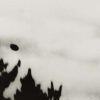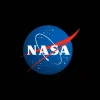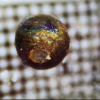Astronomers find most massive structure in the early universe0
- From Around the Web, Space
- October 19, 2018
Proto-supercluster may contain thousands of galaxies
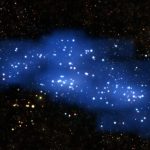
Proto-supercluster may contain thousands of galaxies
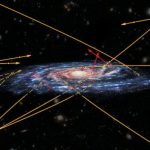
Data from the Gaia satellite reveal 20 new high-speed stars, 13 of which appear to have originated outside of the Milky Way.
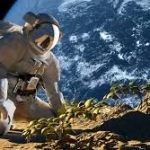
With scarce nutrients and weak gravity, growing potatoes on the Moon or on other planets seems unimaginable. But the plant hormone strigolactone could make it possible, plant biologists have shown. The hormone supports the symbiosis between fungi and plant roots, thus encouraging plants’ growth — even under the challenging conditions found in space.

Astronomers are calling Comet 46P/Wirtanen the “comet of the year.”
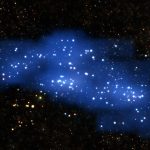
Astronomers using ESO’s Very Large Telescope uncover a cosmic titan lurking in the early Universe

On Oct. 8-9, Europeans outdoors around midnight were amazed when a flurry of faint meteors filled the sky.
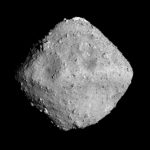
They both orbit the sun, but they’re very different.

Astronomers using CSIRO’s Australian Square Kilometre Array Pathfinder (ASKAP) at the Murchison Radio-Astronomy Observatory have nearly doubled the known number of fast radio bursts — mysterious and rarely detected bursts of energy from space. The team’s discoveries, reported in the journal Nature, include the closest and brightest fast radio bursts ever detected.
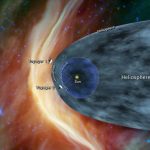
NASA’s Voyager 2 spacecraft has detected an increase in cosmic rays that originate outside the Solar System. Currently, the probe is approximately 11 billion miles (17.7 billion km) from Earth.

Searching for signs of alien life should be part of every future NASA mission, researchers wrote in a new report.
